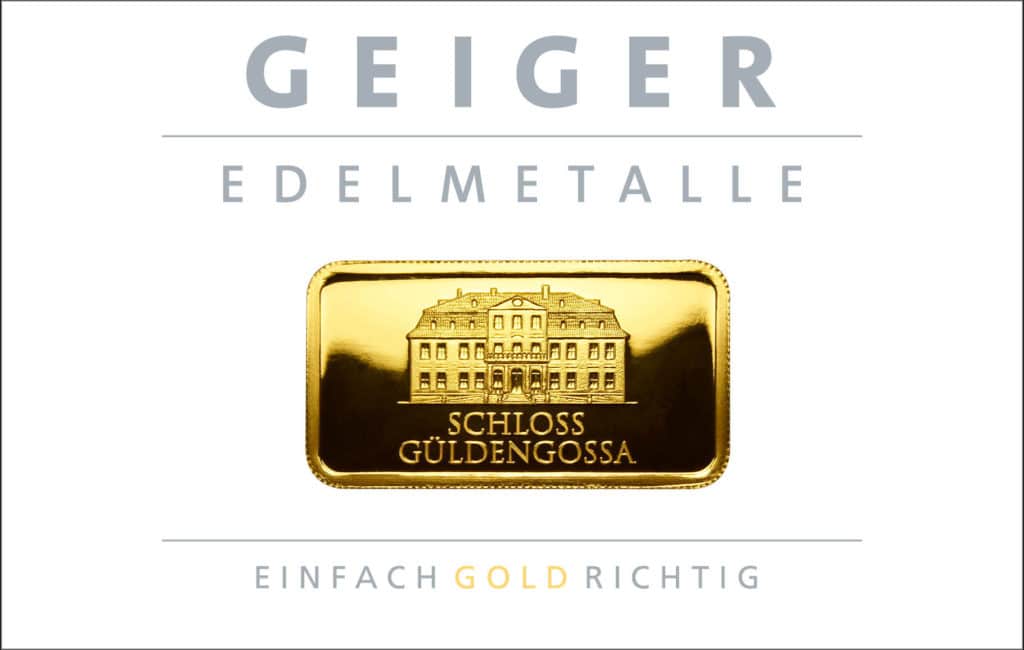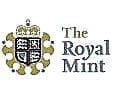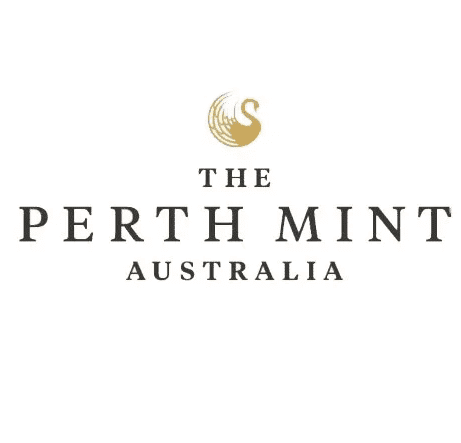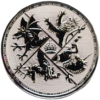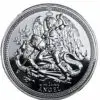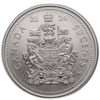
At the start of the 17th century The East India Company was incorporated by royal charter during the reign of Queen Elizabeth I. In what began as a voyage in search of spices, led to the creation of the largest company of its time.
The original East India Company controlled trade networks through ports in England. A fleet of over 10,000 vessels exported goods including cotton, silk, tea, opium, and spices throughout the world, solidifying the United Kingdom as a global superpower.
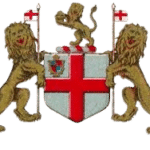
The East India Company is one of the most recognized names in precious metals. They were the first company to mint their own currency while being the worlds largest supplier of gold bullion.
By the 18th century, many nations began minting gold and silver trade coins as they became the preferred method of payment. This led to a shortage of goods. Cargos that were once full of wool and tobacco were replaced with gold and silver bullion.

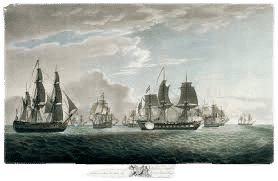
Ships from the East India Company were a common sight in ports across the world. Skilled sailors endured months at sea to bring back valuable cargoes to the company’s headquarters in London.
The company’s fleet included a variety of ships, from smaller vessels to large, heavily-armed warships equipped to navigate treacherous seas and fend off attacks from pirates.
After being granted rights by King Charles II, The East India Company began minting their own coinage for Bombay. They competed with over a dozen regional mints throughout India, despite not being a government agency.
The East India Company ultimately gobbled up the competition and became the sole issuer of currency throughout India. East India coins are extremely rare and highly collectible. The gold Mohur, Rupiya, and the Pagoda are among the most popular coins.
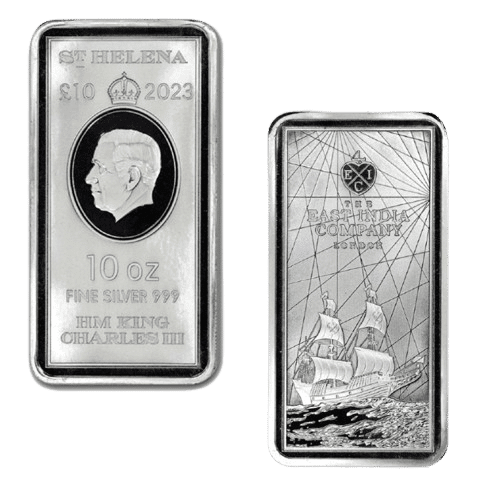
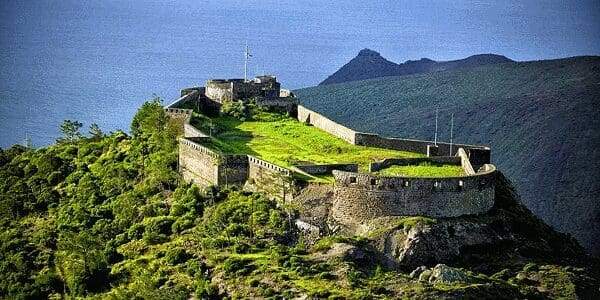
St. Helena played a vital role in the success of The East India Company. Its remote location in the south pacific was a vital port of call. Ships would stop there on the return leg of their voyages to replenish supplies, water and provisions.
In 1657, Oliver Cromwell granted The East India Company a charter to govern the island of St Helena. Shortly after colonizing the island, the East India Company secured the rights to Mint legal tender coins.
Nearly 300 years later, the partnership between the East India Company and the issuing authority of St. Helena has been revived. In 2016, the East India Company released a Silver Bicentenary Guinea Proof coin commemorating the coins 200 year anniversary.


Today the East India Company produces several collections including some of the most highly sought after coins under the issuance of St Helena. Their most prominent series are the Goddesses, the Trade dollars, and the iconic Una & the Lion.. Click here to view our selection of coins from the East India Company.


